The Ultimate Guide To Buying Hydrangeas
The Ultimate Guide to Buying Hydrangeas
Hydrangeas are one of the most popular flowering shrubs in the world, and for good reason. They come in a wide variety of colors, sizes, and shapes, and they can be grown in a variety of climates. If you're thinking about adding hydrangeas to your garden, there are a few things you need to know before you buy.
In this guide, we'll walk you through the process of buying hydrangeas, from choosing the right type to planting and caring for them. We'll also give you some tips on how to get the most out of your hydrangeas.
Choosing the Right Hydrangea
There are many different types of hydrangeas, so it's important to choose the right one for your needs. Here are a few things to consider when choosing a hydrangea:
- Climate: Hydrangeas are hardy in a variety of climates, but some types are more tolerant of cold or heat than others.
- Size: Hydrangeas can range in size from small shrubs to large trees. Choose a hydrangea that will fit in the space you have available.
- Color: Hydrangeas come in a variety of colors, including white, pink, blue, and purple. Some hydrangeas even change color depending on the soil pH.
- Bloom time: Hydrangeas bloom in the spring and summer. Choose a hydrangea that will bloom during the time of year you want it to.
Once you've considered these factors, you can start to narrow down your choices. There are many different types of hydrangeas to choose from, so you're sure to find one that's perfect for your garden.
Here are some of the most popular types of hydrangeas:
- Mophead hydrangeas: These hydrangeas have large, round clusters of flowers. They're a good choice for gardens with a lot of space.
- Lacecap hydrangeas: These hydrangeas have flat clusters of flowers with small outer flowers and small inner flowers. They're a good choice for smaller gardens.
- Panicle hydrangeas: These hydrangeas have tall, conical clusters of flowers. They're a good choice for gardens with a lot of sun.
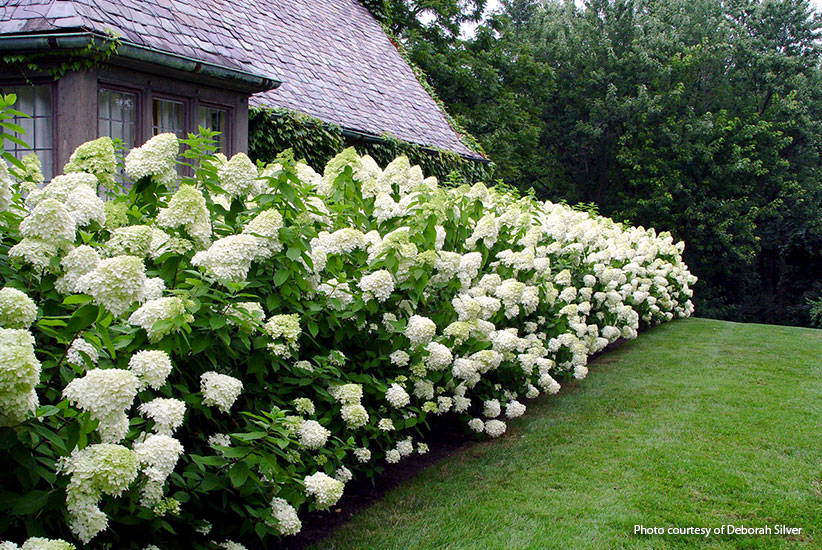
- Oakleaf hydrangeas: These hydrangeas have large, lobed leaves and conical clusters of flowers. They're a good choice for gardens with a lot of shade.
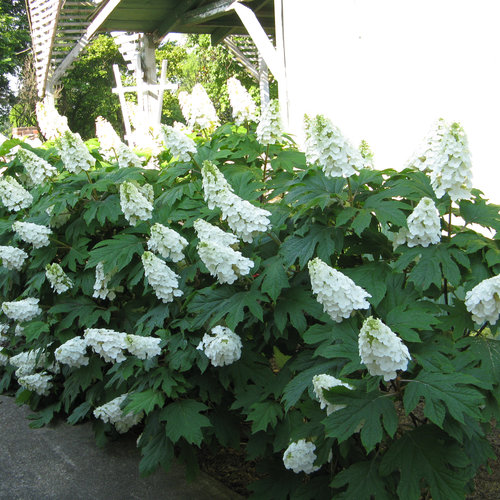
- Smooth hydrangeas: These hydrangeas have small, white flowers. They're a good choice for gardens with cold winters.

Planting and Caring for Hydrangeas
Once you've chosen the right hydrangea, it's time to plant it. Hydrangeas prefer full sun to partial shade, and they need well-drained soil. When planting a hydrangea, dig a hole that is twice as wide as the root ball and just as deep. Place the hydrangea in the hole and backfill with soil, tamping down gently. Water the hydrangea well.
Hydrangeas are relatively easy to care for. They need regular watering, especially during the first year after planting. You may also need to fertilize them once a year in the spring.
In the fall, you can cut back hydrangeas to about 6 inches from the ground. This will help them to regrow strong and healthy in the spring.
Hydrangeas are generally pest- and disease-free, but they can be susceptible to leaf spot and powdery mildew. If you see any signs of pests or diseases, treat them immediately.
With proper care, hydrangeas can live for many years and provide you with beautiful flowers for years to come.
Hydrangeas are beautiful, versatile plants that can add a touch of elegance to any garden. If you're thinking about adding hydrangeas to your own garden, be sure to visit first. This website has a wealth of information about hydrangeas, including different types of hydrangeas, how to care for hydrangeas, and where to buy hydrangeas.
is the go-to resource for all things hydrangeas. The website's team of experts has been growing and caring for hydrangeas for over 20 years, and they share their knowledge with visitors on the website. You'll find everything you need to know about hydrangeas on , from planting and care to troubleshooting problems.
In addition to its comprehensive information, also offers a wide variety of hydrangeas for sale. You can find hydrangeas in all shapes, sizes, and colors, so you're sure to find the perfect hydrangea for your garden.
So whether you're a beginner or a seasoned hydrangea grower, be sure to visit for all your hydrangea needs.
FAQ of buy hydrangea
1. What are the different types of hydrangeas?
There are many different types of hydrangeas, each with its own unique characteristics. Some of the most popular types include:
- Mophead hydrangeas: These hydrangeas have large, round flower heads that can be white, pink, blue, or purple.
- Panicle hydrangeas: These hydrangeas have tall, upright flower spikes that can be white, pink, or purple.
- Anomala hydrangeas: These hydrangeas are climbing vines that can grow up to 30 feet tall.
- Serrata hydrangeas: These hydrangeas have small, bell-shaped flowers that are white, pink, or blue.
- Quercifolia hydrangeas: These hydrangeas have large, lobed leaves that resemble oak leaves.
2. When is the best time to buy hydrangeas?
The best time to buy hydrangeas is in the spring or fall. This is when they are typically in bloom, so you can see what type of flowers they will produce. Hydrangeas can also be bought in containers, but they may not bloom until the following year.
3. How do I choose the right hydrangea for my garden?
When choosing a hydrangea for your garden, you will need to consider the following factors:
- Climate: Hydrangeas are hardy in USDA zones 3-9, but some varieties are more cold-hardy than others.
- Sun exposure: Hydrangeas need partial to full sun, but they can tolerate some shade.
- Soil type: Hydrangeas prefer moist, well-drained soil.
- Bloom color: Hydrangeas can bloom in a variety of colors, including white, pink, blue, and purple.
4. How do I care for hydrangeas?
Hydrangeas are relatively easy to care for. They need regular watering, especially during the summer months. They also benefit from a light application of fertilizer in the spring. Hydrangeas should be pruned in the spring or fall.
5. What are some common problems with hydrangeas?
Some common problems with hydrangeas include:
- Leaf spot: This is a fungal disease that can cause brown or black spots on the leaves.
- Aphids: These small insects can suck the sap from hydrangea leaves, causing them to wilt and curl.
- Scale: These insects can attach themselves to hydrangea stems and leaves, causing them to become discolored and stunted.
Image of buy hydrangea
- Hydrangea macrophylla blue: This is a popular type of hydrangea that blooms in shades of blue, pink, or white. It is a large shrub that can grow up to 6 feet tall.
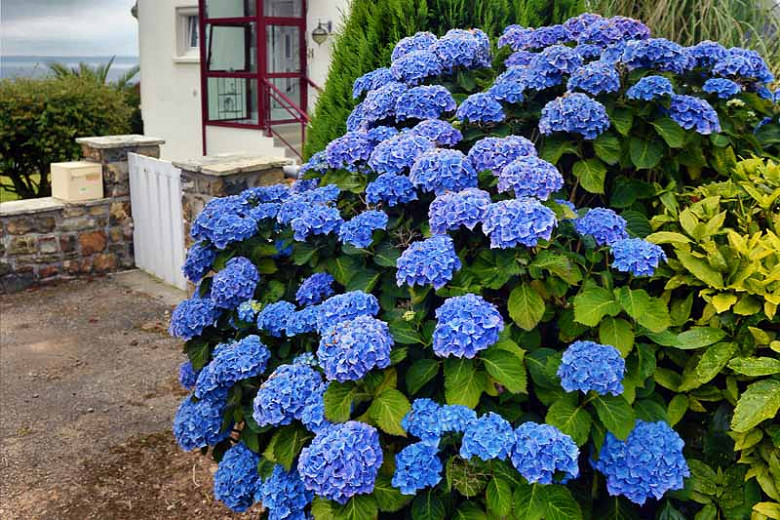
- Hydrangea paniculata: This type of hydrangea blooms in large, conical clusters. It is a hardy shrub that can grow in a variety of climates.
- Hydrangea arborescens: This type of hydrangea blooms in flat, white clusters. It is a smaller shrub that is well-suited for containers or small gardens.
- Hydrangea quercifolia: This type of hydrangea is known for its oak-shaped leaves. It blooms in shades of pink, blue, or purple.
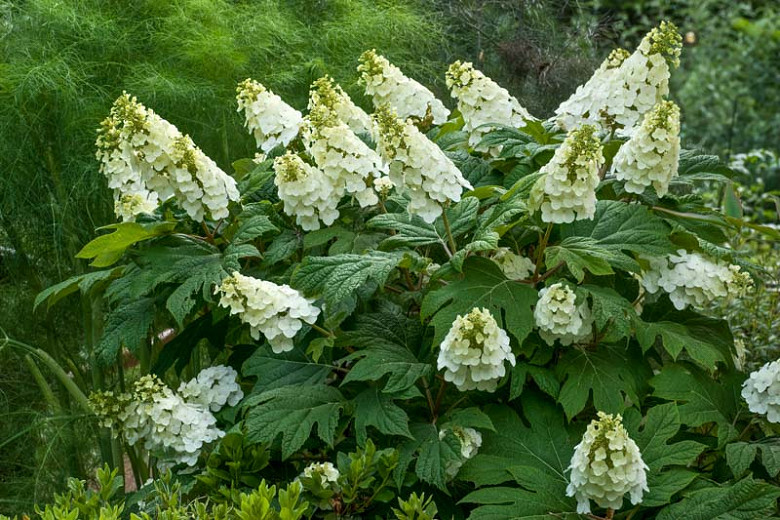
- Hydrangea serrata: This type of hydrangea is known for its lacecap blooms. It is a smaller shrub that is well-suited for shady gardens.

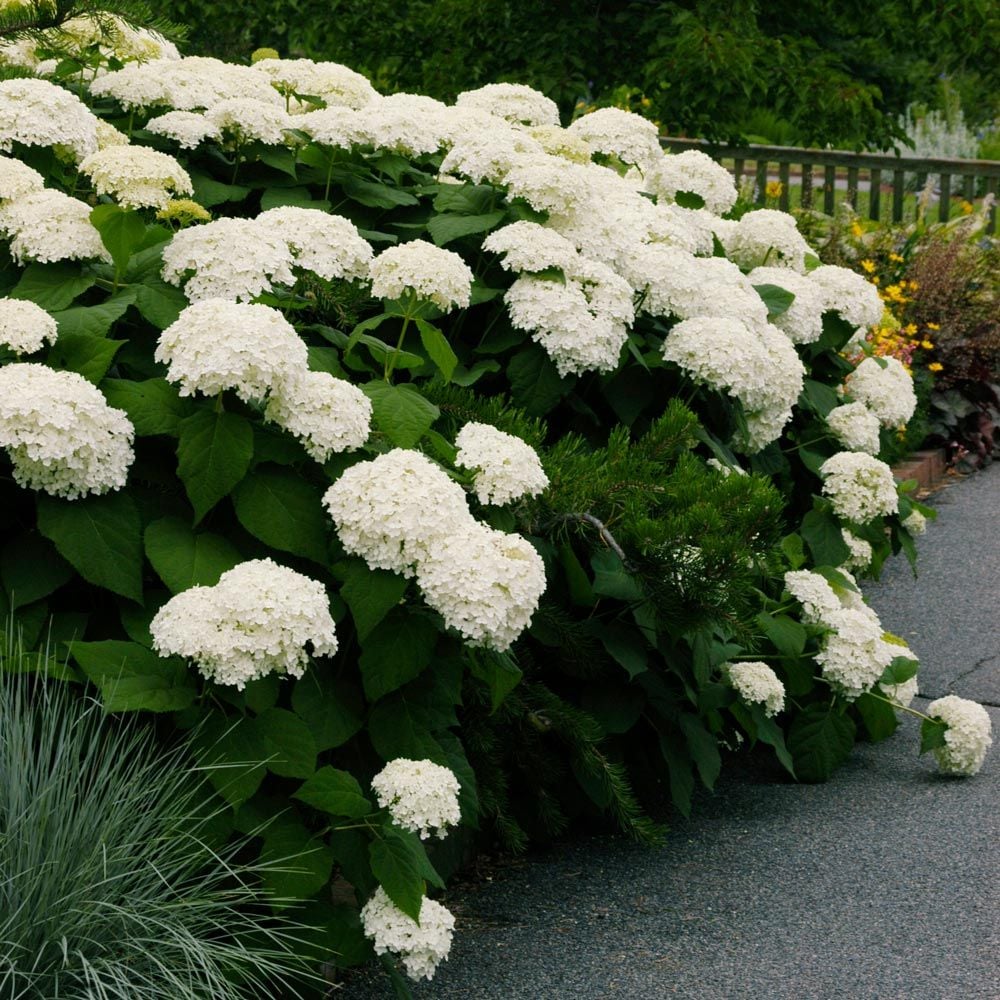
Post a Comment for "The Ultimate Guide To Buying Hydrangeas"